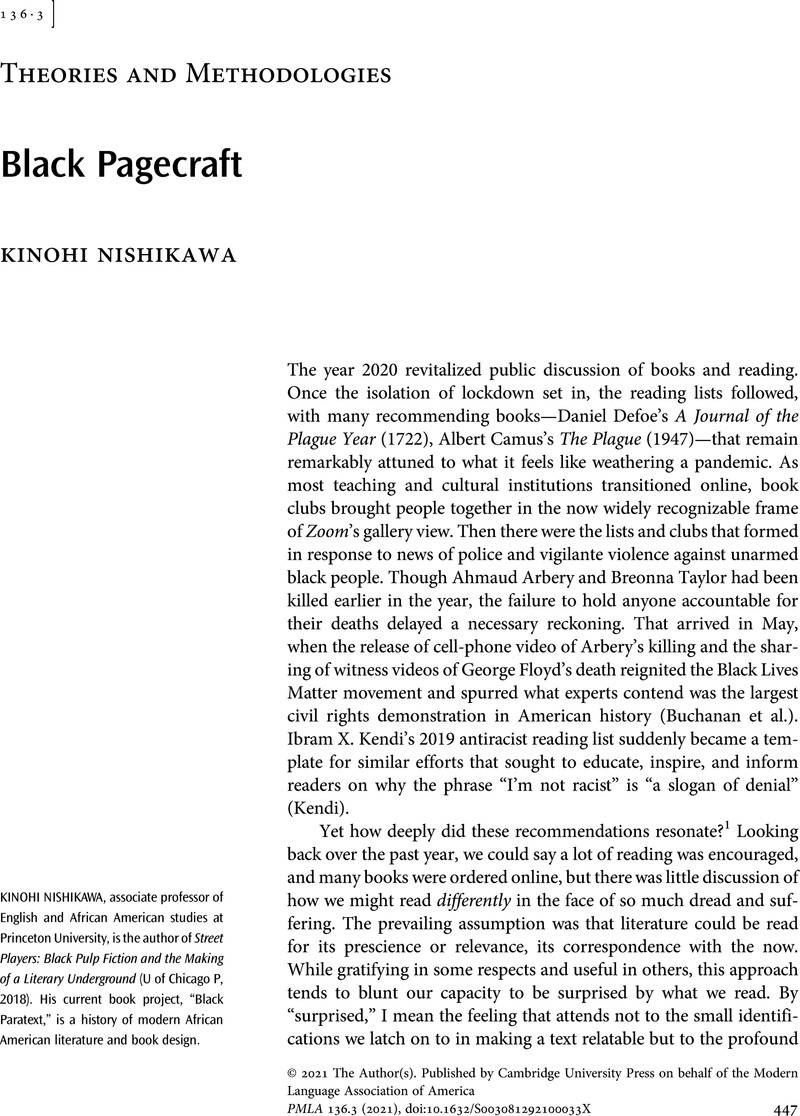Crossref Citations
This article has been cited by the following publications. This list is generated based on data provided by Crossref.
Bekers, Elisabeth
Hauthal, Janine
and
Thomas, Jade
2025.
Women Experimenting in Theatre.
p.
287.



